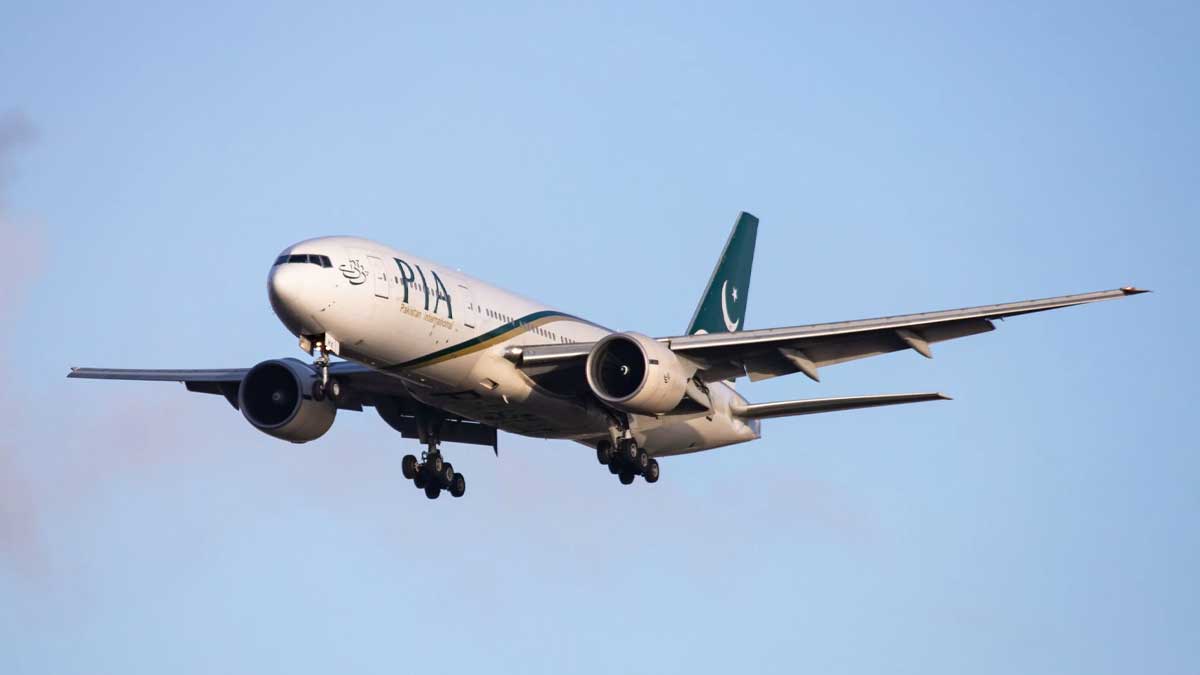Pakistan International Airlines (PIA) has publicized its plans to launch two weekly flights to Australia, reducing travel time to and from the country by nearby one-third.
In this regard, PIA spokesperson Abdullah Hafeez states that if the flights to Australia by a Pakistani carrier happen, it would be taking place for the first time ever. He informed that PIA has prepared a feasibility study, which inferred that it would be helpful to the airline.
PIA plans to start two weekly flights from Karachi and Lahore to Sydney initially. Afterward, PIA may also include Islamabad.
Read more: PIA starts flights operations to Dubai from Quetta and Sialkot
According to the national carrier, flights might begin in late March or early April, in case if all goes well. The airline, though, has yet to obtain approval from the Australian aviation authority.
Moreover, direct flights would cut a traveler’s period to 12:30 hours and 13 hours, if one is moving towards Australia or coming to Pakistan respectively.
As there are no direct flights between Pakistan and Australia, travelers have to travel for 34 to 35 hours with stopovers, which increases their travel time.
Chairman of the Travel Agents Association of Pakistan (TAAP), Nadeem Sharif stated, “Every airline must touch their hub before flying on to their destination.”
“There may be eight-hour layovers or even overnight stays, which adds to the travel time”, he added.
PIA has developed its plans and finalized its internal work; however, whether or not it is permitted and given slots will be determined by the Australian aviation authorities.
Recently, an international aviation agency, IATA Consultancy, proposed a business plan for PIA and in case it accepts, would observe the loss-making state-run airline break even by 2025 and profit by 3.4 percent next year.
The inclusive business plan covers the duration from 2022 to 2026.
Furthermore, the execution of the plan would see PIA assets increasing from the present $1.196 billion to $2.183 billion by 2026.





















